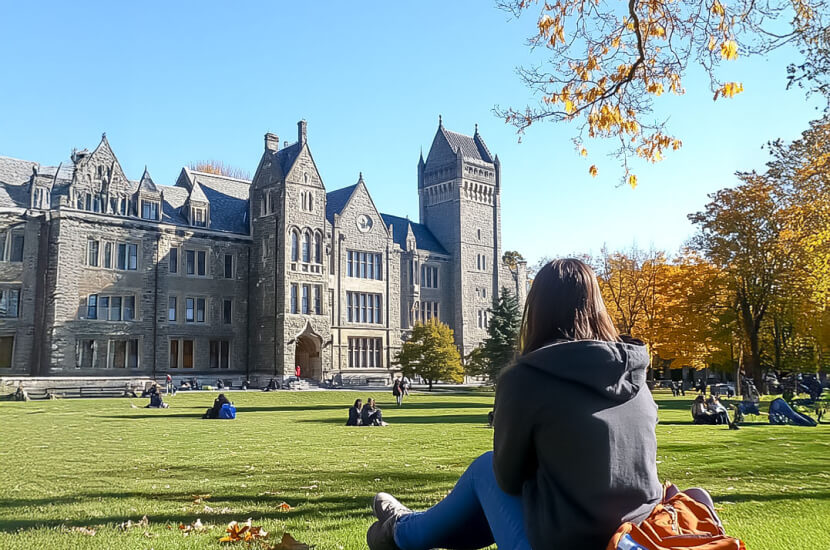Step-by-step guide to applying for a Canadian student visa (study permit)
1. Get accepted to a DLI
To apply for a Canadian study permit, you must first be accepted into a program at a designated learning institution (DLI) in Canada. Once accepted, you’ll receive a letter of acceptance, required for your study permit application.
2. Gather necessary documents
You’ll need several documents to apply for a Study Permit, including:
- A valid passport
- A letter of acceptance from a DLI
- Proof of financial support showing you can cover tuition fees, living expenses and return transportation
- Passport-sized photos meeting Canadian visa photo requirements
- A letter of explanation (if applicable) about why you want to study in Canada and that you understand your responsibilities as a student
- Biometrics (fingerprints and photo), which may be required depending on your country of origin
3. Apply for a study permit online or on paper
You can apply for a study permit online through the Immigration, Refugees and Citizenship Canada (IRCC) website or submit a paper application to a visa application center (VAC). Online applications are generally processed faster.
4. Pay the application fee and submit biometrics
Pay the required application fee, which typically includes the study permit fee and biometrics fee. If biometrics are required, you’ll need to provide them at a designated collection point.
5. Wait for processing and approval
After submitting your application, wait for the IRCC to complete processing. If approved, you’ll receive a Port of Entry (POE) letter of introduction and a study permit. Depending on your nationality, you may also receive a temporary resident visa (TRV) or an electronic travel authorization (eTA).


